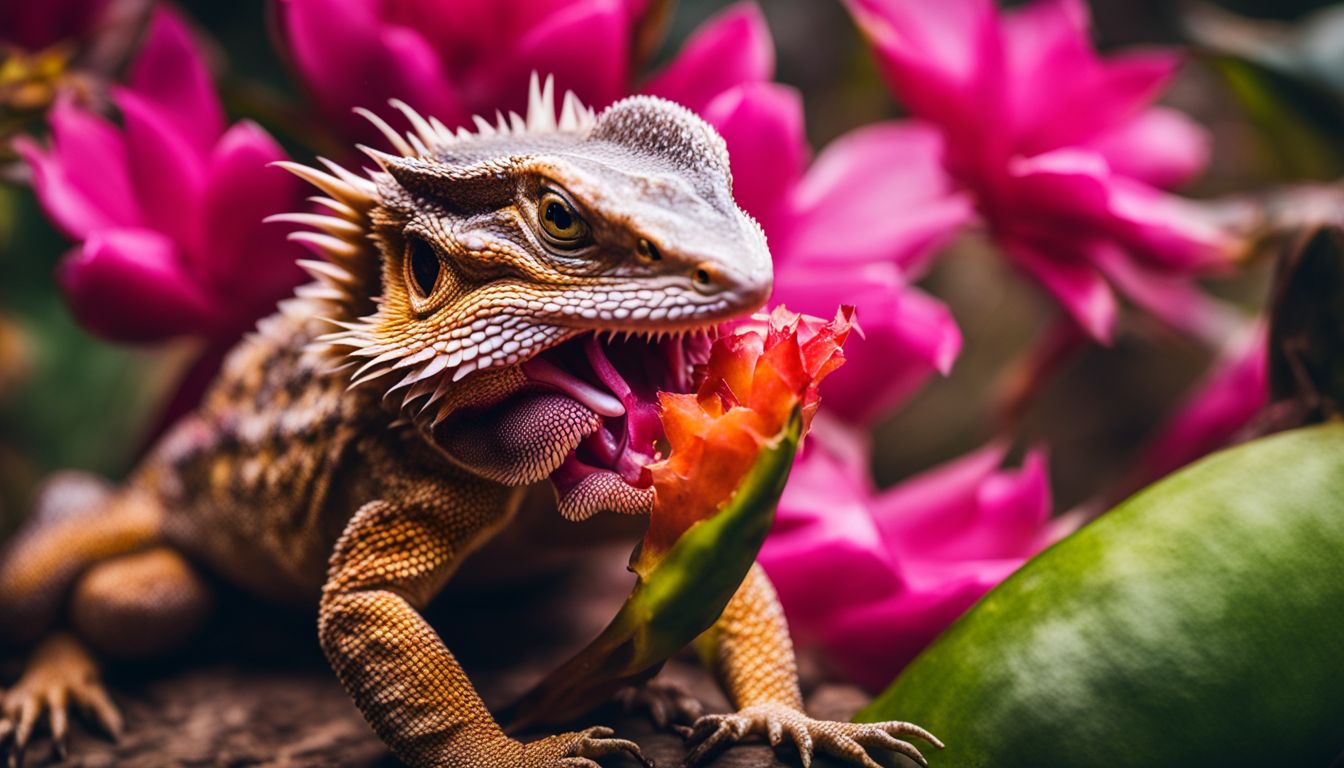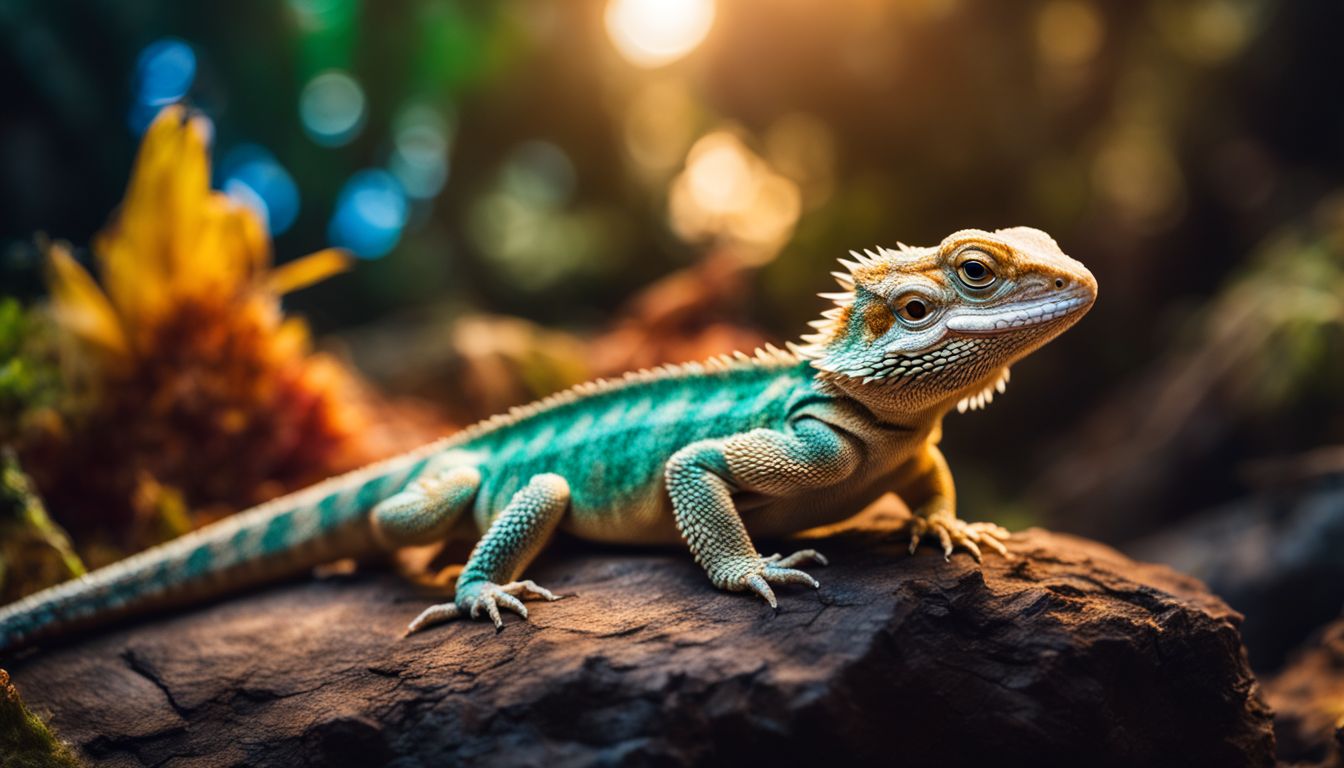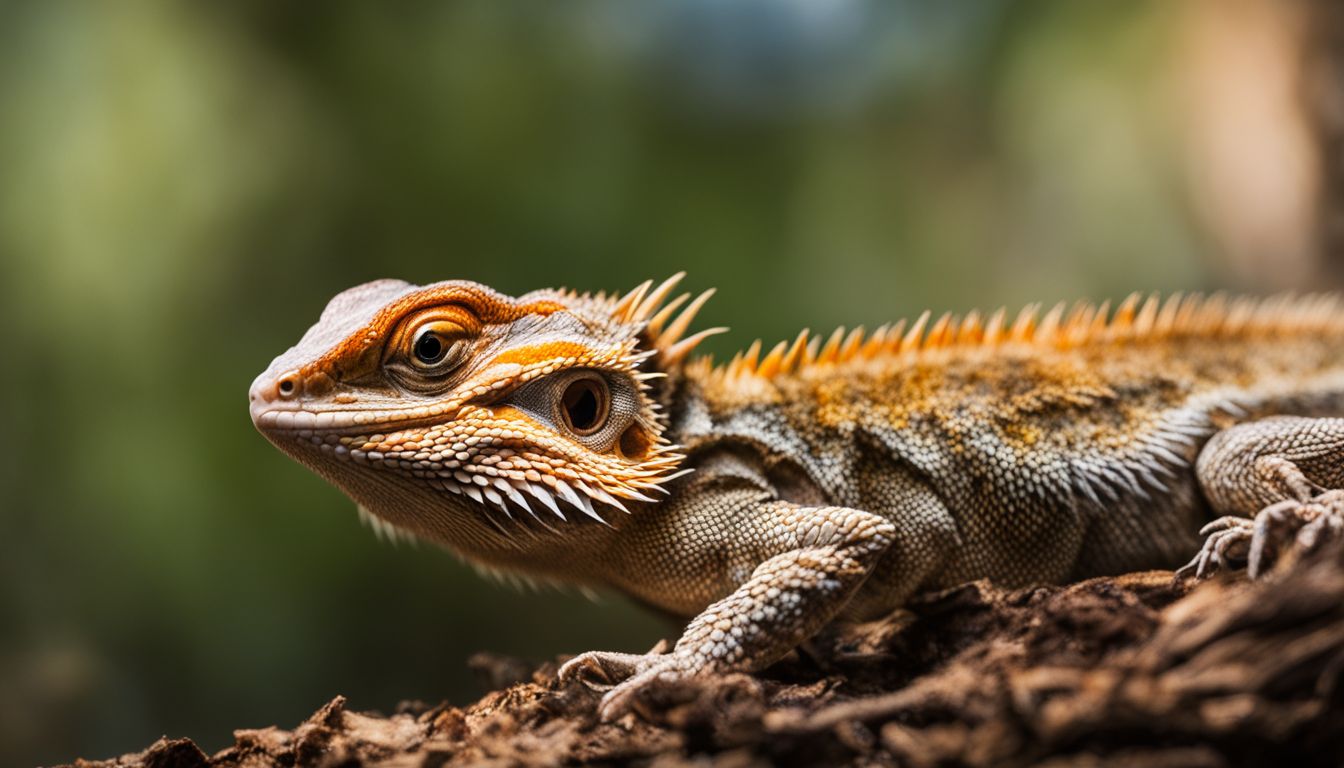Tired of dealing with Copperhead Snakes on your property? Proper measures must be taken to safely and effectively get rid of them in the most humane way possible.
This blog post will provide a comprehensive guide on how to identify copperhead snakes, safe methods for removing them, and preventive measures you can take to ensure they stay away from your property.
Let’s start by looking at some identifying features common among these venomous creatures so you know exactly what you’re dealing with.
Key Takeaways
• Copperhead snakes can be identified by their characteristic red-brown, hourglass-shaped crossbands and diamond-patterned heads.
• Professional snake removal services are the best way to safely and humanely remove copperhead snakes away from any property.
• To prevent copperhead snake infestations, homeowners should take proactive steps by removing food sources such as rodents and insects, making the property less hospitable for them and installing snake-proof fencing when possible.
• DIY methods like trapping or repellents should be used with caution due to the safety risks involved in handling live venomous snakes.
Identifying Copperhead Snakes On Your Property
Copperhead Snakes can be identified by their characteristic red-brown, hourglass-shaped crossbands and diamond-patterned heads.
Physical Characteristics
Copperhead snakes can range in length from 2 to 3 feet, with thick muscular bodies. Their scales have ridges or “keels”, giving them a pointed look when viewed from above.
The copperheads’ most distinctive feature is their head shape – it is triangular or arrow-shaped and clearly defined from the neck. Markings vary greatly among individuals but generally consist of dark brown crossbands along a copper/reddish-brown base color.
Habitat Preferences
Copperhead Snakes prefer woody areas and tall grass to provide them with cover. These brownish-colored snakes can also be found in garden areas or along forest edges, fields, wetlands, rocky outcrops, barns and sheds.
Copperheads are mostly nocturnal hunters and tend to go after their prey during dusk times when it is still warm outside. During the day they stay hidden under debris or leaf piles away from direct sunlight so that they regulate their body temperature properly.
Safe Methods For Removing Copperhead Snakes
Utilizing professional removal services and exploring DIY methods like traps or repellents are two of the best ways to safely and effectively get rid of any Copperhead Snake found on your property.
Professional Removal Services
Professional snake removal services use a combination of decades of experience, specially designed equipment, and amiable attitudes to safely and humanely remove copperhead snakes from any property. Professional snake handlers are experts in identifying the species and their behaviors, giving them the ability to accurately assess the situation and take appropriate action. They also have access to a wide range of tools specifically designed for removing snakes safely. These include gloves, poles, troughs, bags, cages, and special nets that help keep the snake safe throughout the capture process. Moreover, by hiring a professional reptile removal service you can be assured that your problem will get solved quickly and efficiently without any risk to you or your family’s safety.
DIY Methods (such As Trapping Or Repellents)
When it comes to safely removing Copperhead Snakes from your property, using DIY methods such as trapping and repellents can be effective. However, these techniques must be used with caution as they come with certain risks. For instance, trapping a snake may involve dealing with live venomous snakes which is dangerous. Additionally, there are no proven natural snake repellents but there are some chemical and common household remedies that have been known to work. These include vinegar, essential oils and Snake Out which if not handled properly can cause health or environmental issues for you and your family. Therefore, it is important to take the necessary safety precautions when attempting any DIY method such as trapping or using repellents and, where possible, seek professional help.
Preventing Copperhead Snake Infestations
To reduce the risk of unwanted Copperhead Snake infestations, homeowners should take proactive steps by removing potential food sources, making their property less hospitable to these reptiles and installing snake-proof fencing when possible.
Remove Potential Food Sources
One of the best ways to prevent copperhead snake infestations is by removing potential food sources, such as rodents and insects, from your property. Copperhead snakes often feed on mice, rats, moles, voles, cicadas, grasshoppers, katydids, and caterpillars. To effectively remove these food sources from your property:
• Increase your efforts to keep rodents away with regular traps or bait that can be placed around the perimeter of your home and shed.
• If you have a garden or a yard full of vegetation, use pesticides to eliminate insect populations living there.
• Make sure that woodpiles and damp leaf litter piles are stored away from doors and windows – they might attract rodents!
• Check your attic for possible mouse entry points – copperhead snakes may follow these paths in search of prey. Seal any openings with metal flashings or strips of sheet metal.
• Trim tree branches so they won’t touch any structures on your property; this will help you to avoid having an easy access route between trees and buildings for rodents or insects that attract copperhead snakes.
By maintaining vigilance and undertaking proactive steps such as these, homeowners can greatly reduce the chances of having a copperhead snake infestation in their homes or properties.
Make Your Property Less Hospitable To Snakes
To reduce the chances of copperhead snake infestations, it is important to make your property as unattractive to snakes as possible. Here are some ways to do this:
- Trim tall grasses and weeds in and around your property regularly – mowing or trimming close to foundations can also help prevent snakes from establishing a den near human habitation.
- Install snake-proof fencing if possible – encircling flower beds, gardens, homes, and buildings etc., snake-proof fencing will act as a physical barrier against entry for most species of snakes including copperheads; consider adding overground extensions on each side before burying part of fences below ground level for added security against burrowers such as copperheads.
- Eliminate all vines that reach from the ground up onto walls, trellises and balconies which provide potential climbing routes for Copperhead Snakes into homes or other structures on your property; remove any old woodpiles that may be providing sheltering places for them and minimize outdoor lighting which could attract their prey (insects).
- Removing piles of leaf debris, rocks, and trash from around the home can eliminate harborage areas for Copperhead Snakes and their food sources – rodents like mice & rats.
Besides these points keep an eye out while walking/gardening through long grasses and thickets during warm months where you might encounter venomous snakes. Also, be sure to take precautions such as wearing protective gloves & boots.
Suggested Product
Snake Repellent
This snake repellent for your yard emits a sonic sound into the surrounding soil every 20 seconds to stimulate the snake’s central nervous system. This is like a natural danger signal to snakes, so they gradually escape from their surroundings.
- Easy to use
- Natural repellant
- Does not cause harm to animals
- Wide coverage area
Install Snake-proof Fencing
Snake-proof fencing can be an effective way to keep Copperhead Snakes from infesting your property. Snake-proof fences typically consist of thin galvanized wires that are installed just above or below the ground in order to prevent snakes and other small creatures from passing through.
This type of fencing is specially designed with small openings that prevent larger animals like snakes from crawling through, while still allowing smaller creatures like insects to pass through unharmed.
Installing snake-proof fencing correctly is key for its success and may require professional installation help depending on the complexity of the process.
When properly installed, these types of physical barriers can effectively reduce risks by making it more difficult for Copperhead Snakes to enter a yard without detection.
There are various kinds of snake fence barriers available, such as underground mesh wire systems or plastic perforated strip boundaries which all provide excellent options for keeping pests out when used correctly.
Conclusion 💭
In conclusion, protecting yourself and your property from Copperhead Snakes is likely to be an ongoing process that requires vigilance. While it can be tempting to try and take matters into your own hands, this should not be attempted unless you have the proper expertise and experience in dealing with venomous snakes.
It’s essential to understand that preventing outbreaks involves a variety of strategies such as removing potential food sources around one’s property, making the environment less hospitable for snakes, installing snake-proof fencing or barriers where needed, and using predator urine crystals or DIY repellents to help keep them away.
If any Copperhead Snakes are found on your property, professional removal services are recommended over homemade attempts for safety reasons.
FAQs:
What is the best way to safely get rid of a copperhead snake from my property?
If you encounter a copperhead on your property, the safest and most effective way to remove it would be to contact a professional wildlife service that specializes in humane pest control methods for dealing with snakes. These services can locate and relocate these creatures without harming them or putting humans at risk.
Are there any natural predators that I could use to get rid of copperheads?
Although some species of snakes have natural predators such as hawks, eagles, chipmunks, moles and groundhogs, they will generally not target adult copperheads due to their size and defensive capabilities against larger animals.
How often should I inspect my home for Copperhead snakes?
It is recommended that homeowners walk around their properties regularly (especially near waterways) looking for signs of activity from potential pests while also taking extra precautionary measures during mating season which typically occurs between April-November throughout North America. Additionally, one should check sheds & woodpiles where these creatures may hide when not actively searching food sources outdoors so proactive steps taken towards prevention before an infestation even arises provide better results overall!
Is it possible to create deterrents around my house to keep Copperheads away for good?
Yes – providing limited access points by sealing cracks & crevices along exterior walls/roofs helps discourage entry inside dwellings since sunlight attracts many species including them while maintaining hedges/bushes close nearby eliminate hiding spots available which further improves chances no unwanted guests make their way indoors accidentally!





